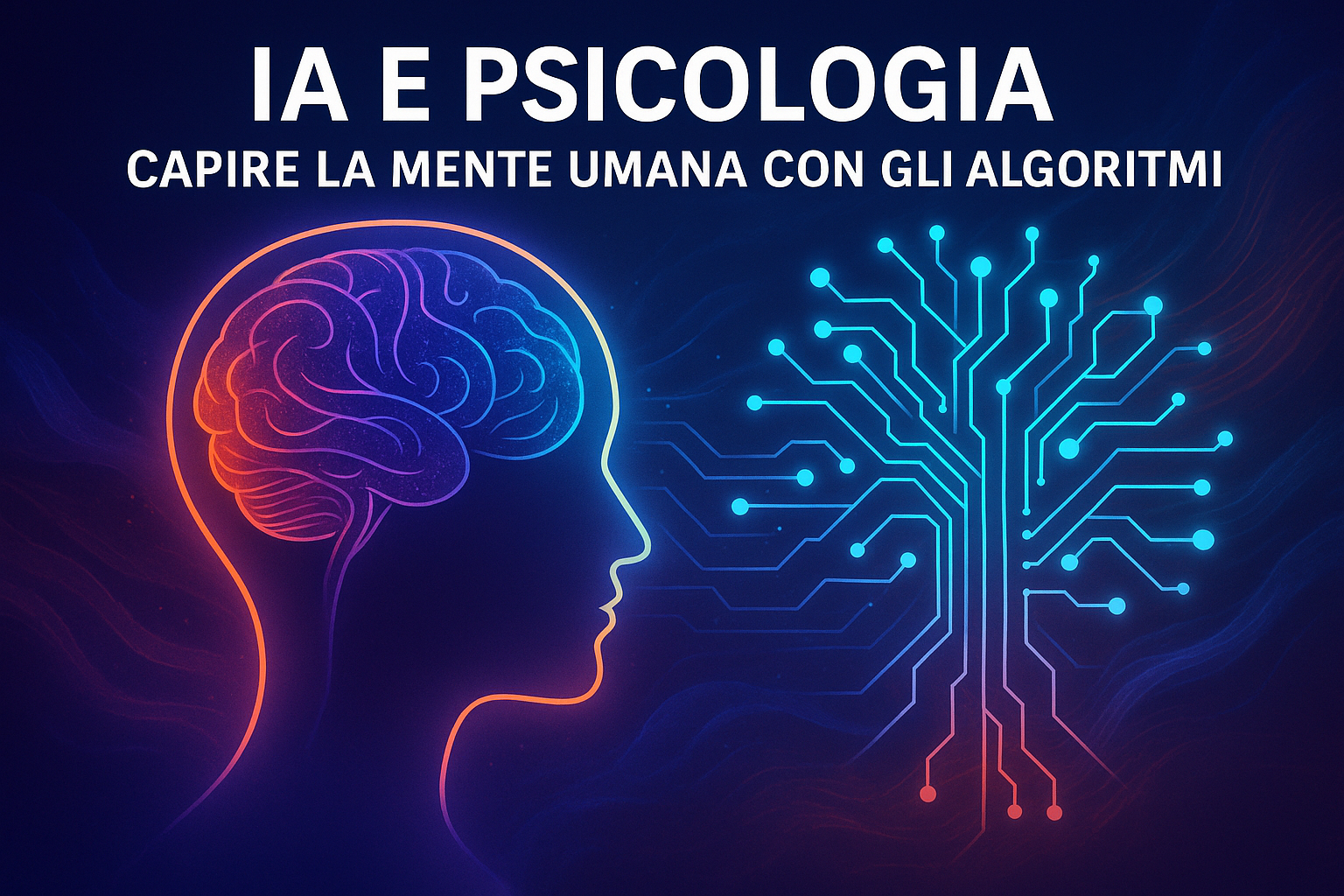In the quest to understand the human mind, psychology has always sought tools that could make the invisible visible: thoughts, emotions, and personality traits. Today, artificial intelligence is offering new opportunities, allowing researchers to analyze and interpret human behavior with unprecedented precision.
In psychological research, the AI is used to examine large amounts of data, behavioural and cognitive. Through the analysis of natural language, the facial recognition of emotions or the monitoring of physiological parameters, the algorithms are able to identify patterns, predict emotional states, and even track changes in time. For example, some models of machine learning have been used to identify early symptoms of depression by analyzing the tenor emotional message on social media or by changes in the tone of voice during everyday conversations. This approach allows not only to catch the weak signals before they escalate, but also to propose personalized interventions in a very early stage of psychological distress.
Another growing field is computational personality analysis: using data from social media, digital interactions, or automated psychometric tests, algorithms can build detailed personality profiles. When used responsibly, this type of analysis can help personalize therapeutic pathways, improve communication strategies, and even prevent psychological distress.
As we discussed in the article “AI as Artist: Friend or Foe to Human Creativity?” one of the themes of the most fascinating is the role of AI in the interaction of emotional and creative. Some platforms therapy digital, like Woebot or Wysa, take advantage of chatbot based on artificial intelligence to provide emotional support immediately. Although not a substitute for the work of the psychologist, human, these instruments can represent a first level of listening and support, accessible and less stigmatising, helping people to recognize their own emotional states, to manage moments of stress and to embark on paths of self-awareness before if required, contact a professional.
Also in the diagnosis, the AI is playing an increasing role. Through the analysis of the pattern language, facial expressions, or responses to test, cognitive systems, machine learning can help detect early signs of disorders such as autism, schizophrenia, or mood disorders. According to a study published in Nature Digital Medicine, the combined use of behavioral data and predictive algorithms has significantly improved the diagnostic accuracy compared to just traditional methods, allowing the diagnosis more timely and more targeted interventions. This development could revolutionize the prevention and treatment of psychological disorders, while requiring more supervision critical of a professional human to interpret the data correctly and to maintain respect for the complexity of individual experience.
(Source: https://www.nature.com/articles/s41746-018-0029-1)
However, these innovations also raise important questions. How much can we rely on a machine to interpret the complex emotions of human beings? How can we ensure privacy and ethical use of sensitive psychological data? AI offers powerful new tools but should never replace the human connection, clinical judgment, and sensitivity that only an experienced professional can guarantee.
📚 Do you want to learn Artificial Intelligence?
Discover our fundamental articles, ideal for starting or orient themselves in the world of AI:
- What is Artificial Intelligence (and what isn't, really)
- Ethics of Artificial Intelligence: why it concerns us all
- 5 Tools of Artificial Intelligence that you can use immediately
📬 Get the best every Friday
Visit the page Subscribe to our newsletter and choose the version you prefer (English or Italian).
